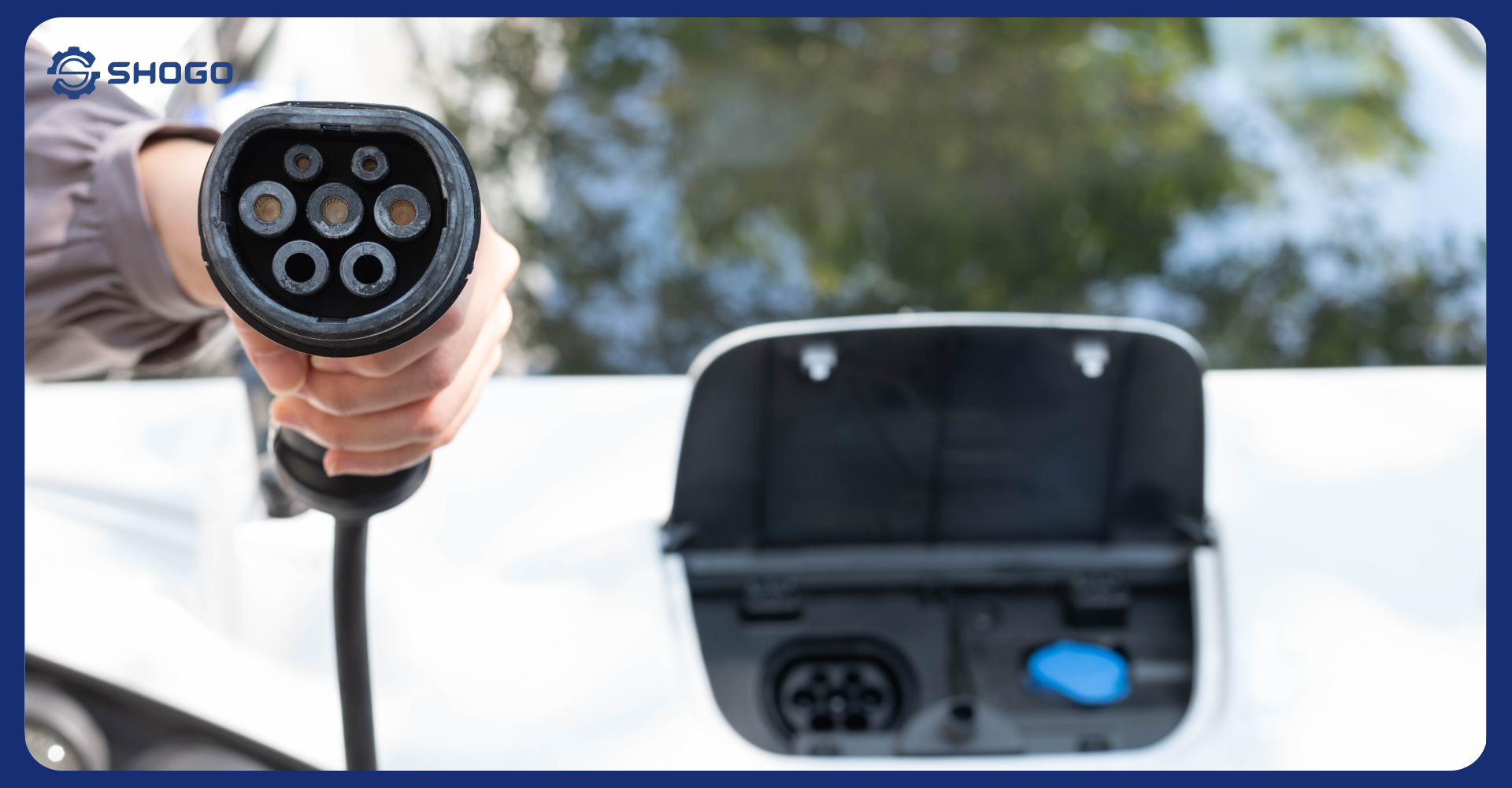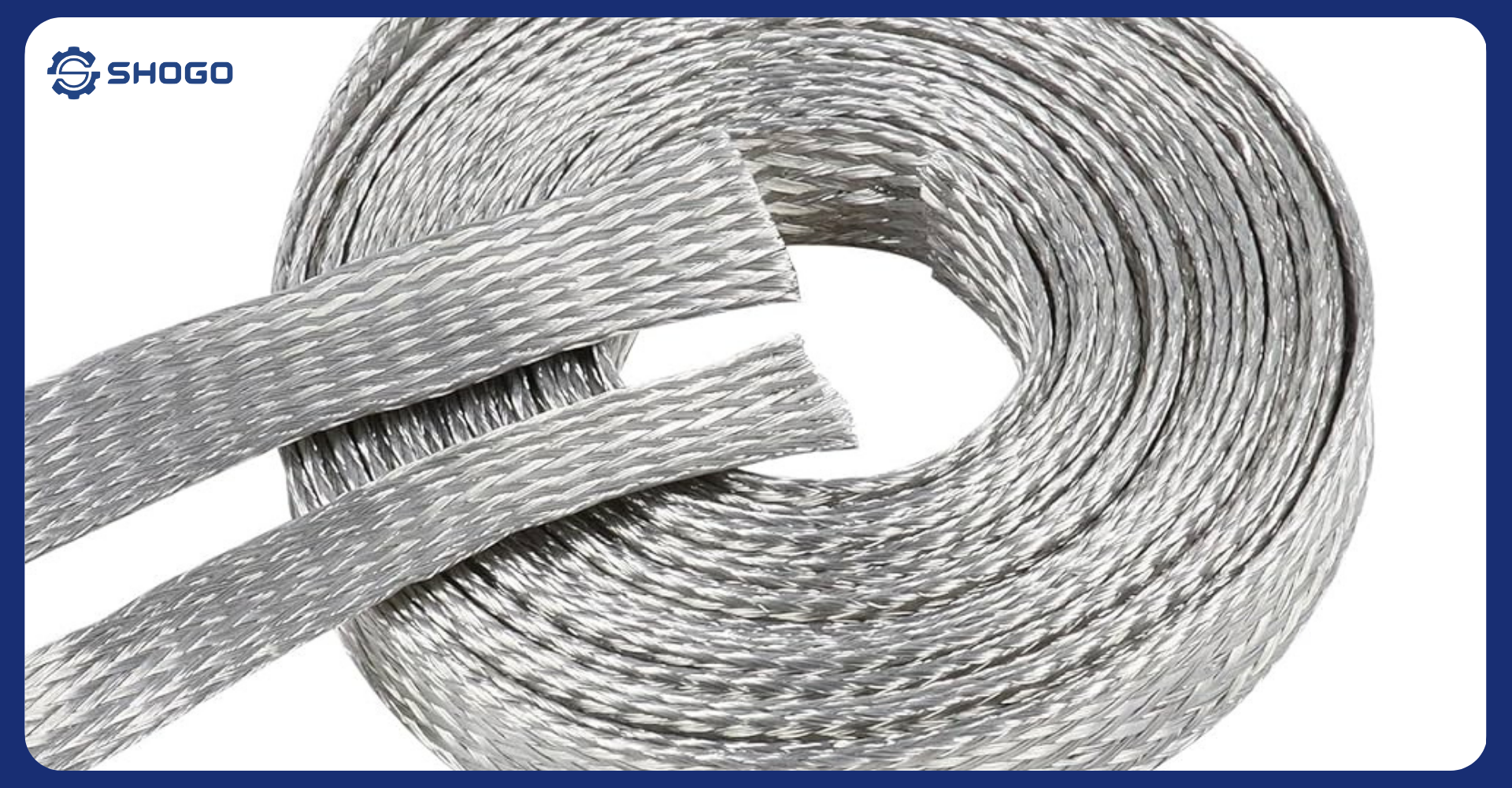
EVHV cables (Electric Vehicle High Voltage Cables) are not just conductors that carry high voltage within electric vehicles — they are crucial to the vehicle’s overall safety and performance. Among all their features, electromagnetic interference (EMI) shielding is one of the most critical factors.
1. What Is EMI and Why Is It Dangerous?
EMI (Electromagnetic Interference) refers to disturbance caused by electromagnetic waves from surrounding electrical devices. In electric vehicles, where countless electronic systems operate at high intensity, EMI can lead to:
- Signal distortion in control systems
- Sensor malfunctions
- Shortened lifespan of electronic components
- Safety risks during vehicle operation
Without proper shielding, an EVHV cable can easily become both a source and a victim of electromagnetic noise, severely affecting the car’s performance and safety.
2. Shielding — The Essential Protector of EV Electrical Systems
EVHV cables are designed with copper or aluminum braids, or metallic foil shielding wrapped around the conductor. This shielding:
- Prevents electromagnetic noise from escaping into the environment
- Protects the cable from external EMI sources
- Ensures stable signal transmission in the vehicle’s electronic control systems
This is especially crucial for high-end vehicles or autonomous cars, where hundreds of sensors and processors depend on precise, interference-free communication.
3. Technical Standards for EMI Shielding in EVHV Cables
Today, international standards like ISO 19642, LV 216, and SAE J1654 mandate specific EMI shielding requirements for EVHV cables to ensure no negative impact on surrounding electronics.
Choosing compliant cables can:
- Help vehicles meet export standards
- Prevent costly technical failures during inspections
- Strengthen the brand reputation of original equipment manufacturers (OEMs)
4. When Should You Prioritize High-Quality EMI Shielding in EVHV Cables?
- When the vehicle has complex electronic systems
- When operating in high-interference environments (near power stations or industrial zones)
- When targeting international markets with strict regulatory requirements
- When routing cables close to control or sensor wiring
5. Conclusion
EMI shielding is not just a bonus feature for EVHV cables — it’s a necessity if you want to guarantee safety, performance, and reliability in electric vehicles. When choosing EVHV cables, don’t focus only on current-carrying capacity and heat resistance — prioritize cables with certified EMI shielding, because that’s what silently protects everything you invest in.
Looking for EVHV cables with excellent EMI shielding and international certifications?
Contact us for technical consultation and the best pricing.


